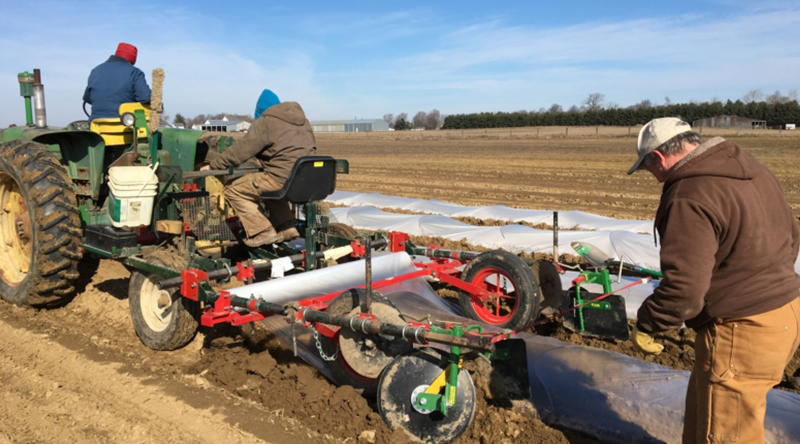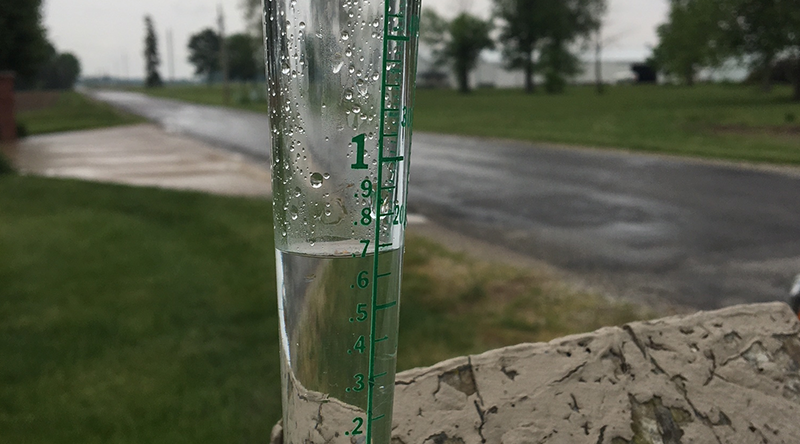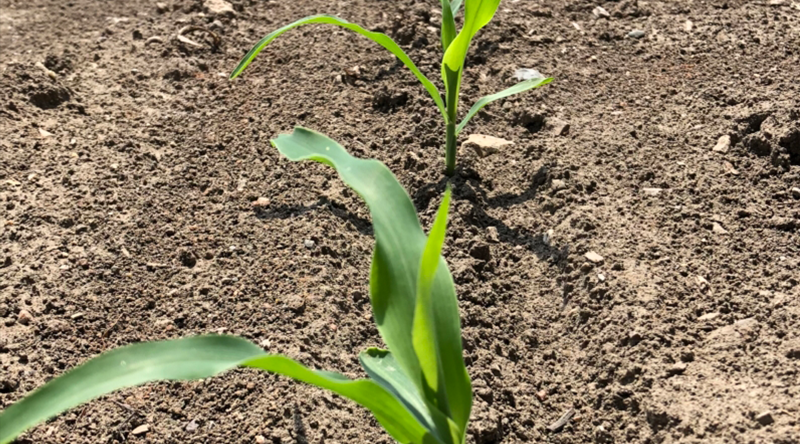How we work with Mother Nature
Planting a seed is believing in tomorrow. It’s a true act of faith. And watching that tiny seed turn into a plant that produces an ear of sweet corn? It’s a very cool miracle that the MDSC team is privileged to witness every spring.
Nature knows what to do, but our planting practices—including planting depth and seed spacing—can have a big impact on plant development and ultimately the ear of sweet corn you take home from the farmers’ market. Over 50 years of farming experience and countless hours of research mean Dad has a good handle on how to coax those seeds to life—but every single year is a new learning experience! It’s encouraging to see how all our trial and error over the years has improved our corn’s quality and yield.
Other factors, like the weather and soil temperature, aren’t so controllable. And weather conditions are a critical component to the health, development, and yield of the crop. The frost free date in this part of Indiana is May 10th, which is why you don’t see most farmers plant much earlier than mid-April. But at My Dad’s Sweet Corn, Dad’s goal is that you have sweet corn to enjoy by the 4th of July.
This means we need to find ways to work with Indiana’s unpredictable weather—especially fluctuations like what we’ve been seeing this spring! To get our seeds planted early, we use the low tunnel method when planting our first few acres of sweet corn. Basically, we plant and then immediately cover the crop with plastic domes.

Domes allow us to plant the sweet corn much earlier than normal and protect the seeds from damaging weather conditions and soil temperature. This year, our sweet corn has survived freezing temperatures and over 6 inches of snowfall ONLY because it was covered with our low tunnels.

It’s more work, but it’s our best attempt at controlling our sweet corn’s weather environment in its young life, and hopefully getting you some delicious sweet corn earlier than expected.






Leave A Comment